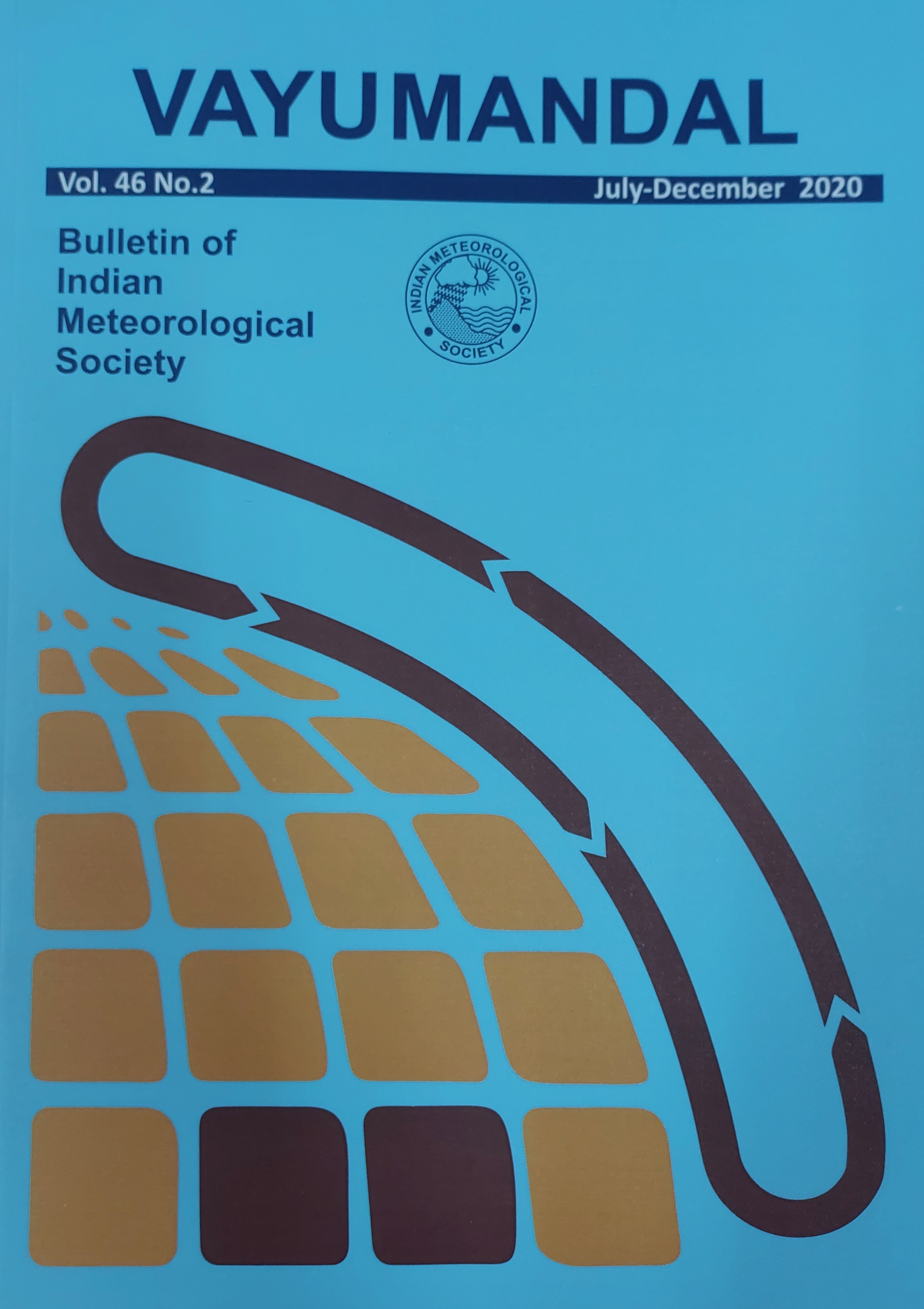Earthquake Safety for Tall Statues Higher than 100 m
Abstract
Seismic considerations about the tall statues (taller than 100 m) in the world have been brought out. These include the tall structures of Gautam Buddha in China and Myanmar, Sardar Patel statue and proposed ones at Mumbai (Chhatrapati Shivaji Maharaj) and Ayodhya (Sri Ram) in India. Emphasis has been given to the proposed statue at Ayodhya, District Faizabad, Uttar Pradesh due to significant tectonic features and liquefaction potential. Keeping in view the extension of Lucknow fault up to Faizabad ridge or a fault along the Saryu (Ghagra) river near the junction of Faizabad ridge and adjoining alluvium, maximum magnitude of earthquake near the site has been assessed as 6 making this area near seismic zone IV instead of zone III according to the seismic zoning map prepared by the Bureau of Indian Standards. In addition, a great earthquake (Mw 8) originating in the Himalayan thrust may generate secondary meizoseismal area near Ayodhya on the banks of river Saryu with a possibility of liquefaction. A range of possible scenarios are discussed with respect to the peak ground motion (PGA) at the proposed site. However, there is a need for further investigations for its reliable estimate.
Copyright (c) 2024 Vayumandal

This work is licensed under a Creative Commons Attribution-NonCommercial 4.0 International License.
All articles published by VAYUMANDAL are licensed under the Creative Commons Attribution 4.0 International License. This permits anyone.
Anyone is free:
- To Share - to copy, distribute and transmit the work
- To Remix - to adapt the work.
Under the following conditions:
- Share - copy and redistribute the material in any medium or format
- Adapt - remix, transform, and build upon the material for any purpose, even
commercially.


